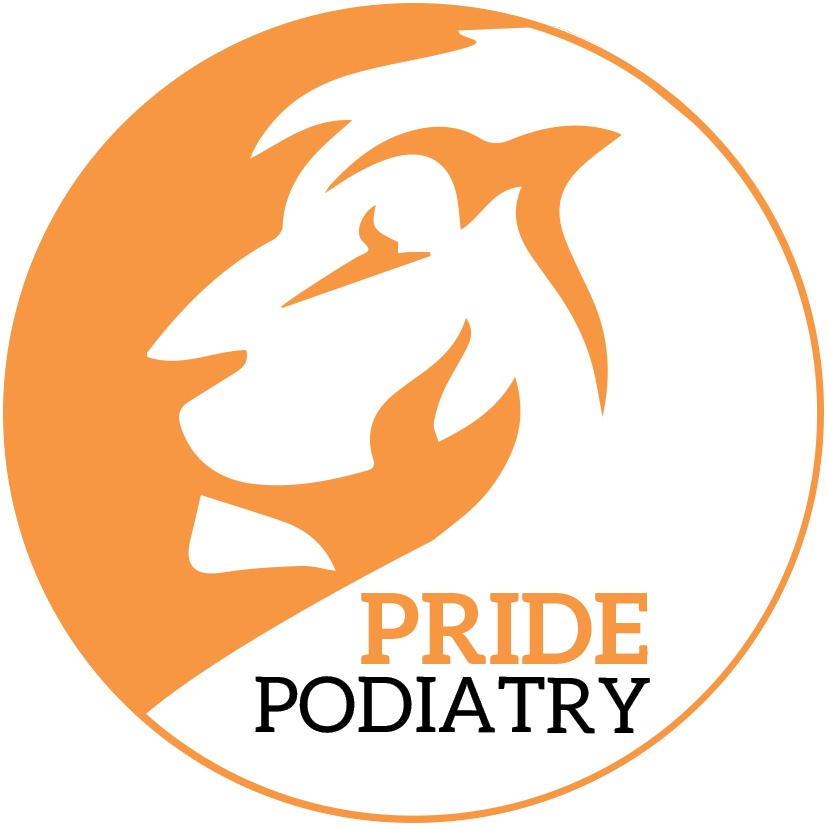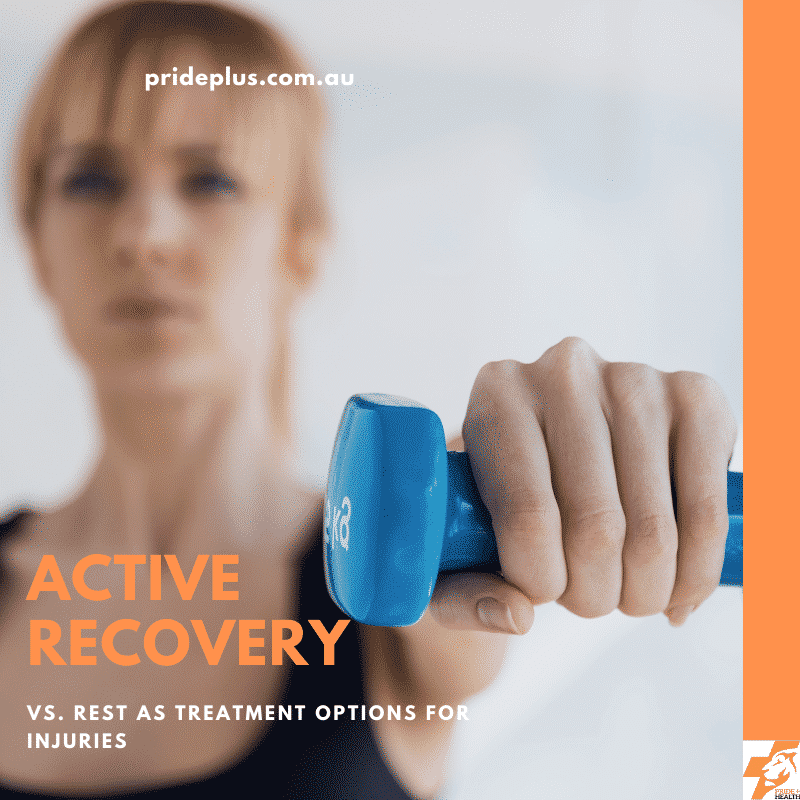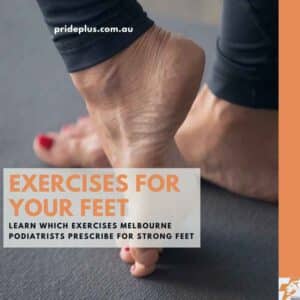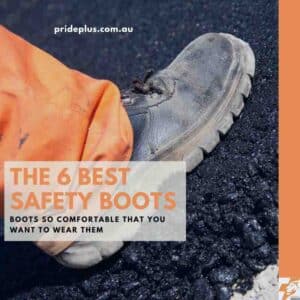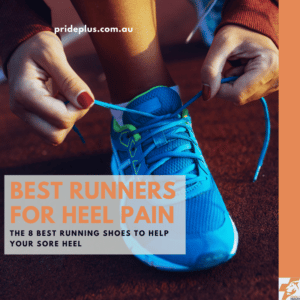Active recovery are more than just the latest buzzwords in the rehab space. Active recovery is one of the most important things you can do to get back after an injury.
Think of the last time you hurt yourself.
It’s probably not too far back is it?
A sprained ankle?
Sore neck sitting in front of a computer screen?
Just me??? I doubt it.
There’s a logic trap we can fall into.
I hurt myself doing something, so therefore rest and doing nothing is the answer!
And maybe, for the shortest period of time it might be.
But that’s not a full recovery. Not even close.
This will blow your mind.
Injuries occur when you overload the tissues of your body beyond its capacity:
Injury = Loading > Tissue capacity
When you sprain your joints or strain your muscles what happens is that you have overloaded them.
What does resting offer you?
If the activity you are returning to is of low intensity, a short period of initial rest would offer some healing allowing you to get going again.
Downfall of resting alone
However, if you are planning to return to demanding activity, resting alone is insufficient.
Instead you need active recovery.
Here’s why:
If left on their own, the tissues of the body seldom heal completely to restore its initial capacity after an insult.
- A scarred up sutured wound would only have 80% of its unwounded strength.
- Everytime you sprain your ankle the joint might be a little more lax, your ankle muscles become weaker
While you might be able to cope with simple tasks without rehab, as the difficulty increases, you’ll find yourself struggling to cope.
Active recovery: what should you be doing instead?
Improving tissue capacity
Everytime you suffer from a tissue injury – muscles, tendons, ligaments and bones – you need to LOAD them as part of the active recovery process PERIOD.
Some people find this concept hard to grasp, as they think that it would further aggravate the injury or because it can be painful to move as well.
Let me clarify on this and also introduce to you the concept of MECHANOTRANSDUCTION.
This is the process by which appropriate mechanical stimulus signals cells in your tissues to adapt and heal stronger.
The concept is not something new and it is proven to be effective in management of following familiar conditions:
- Tendinopathy: tendon loading to improve pain and load capacity
- Muscle strain: resistance training to improve muscle strength and reduce risk of re-injury
- Ligament tears: Graded loading after ligament tears to facilitate ligamentous healing
- Low bone density/osteoporosis/fracture: Weight bearing exercise to improve bone density and facilitate bone remodelling
When taking into consideration the tissue healing time frame and the individual, loading can be safe even if there is a small degree of pain.
Overcoming fear and regaining your confidence
For some people who have an injury, it is not the physical aspect of the injury which affected them but rather the psychological aspect of it.
It is not uncommon that people have a fear of driving after a motor vehicle accident or fear of stairs after experiencing recurrent falls.
There are some athletes who have undergone a “successful” ACL reconstruction but remain to have poor confidence in their knee and ability to return to sports.
To develop such fear and apprehension after a traumatic accident is normal but it can improve with gradual exposure to loads and activities you are uncomfortable with to help you get accustomed to it.
In a nutshell, resting has its place in the early stages of recovery.
However, loading rather than resting is the key to rebuilding your capacity, overcoming that fear and regaining the lost confidence.
If your active recovery plan does not involve loading, then it isn’t gonna cut it.
If you’re injured or working your way back from an injury in the past come and see us to get your active recovery plan in place.
For foot and ankle injuries our podiatry team are here to help.
For everything else our physios are the ones to see.
You can book online with either here.
